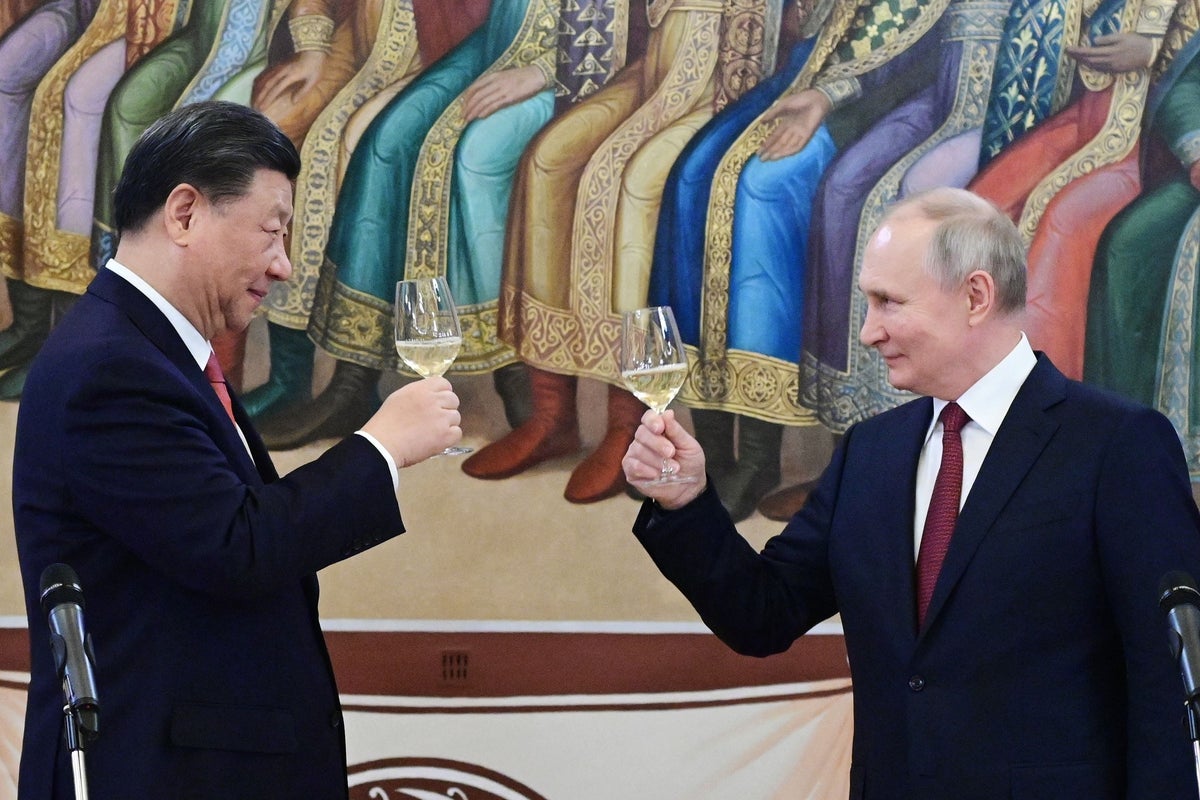While Russia and China project a formidable united front on the global stage, a subtle yet significant ‘grand chessboard’ in Central Asia holds the potential to introduce friction into their burgeoning friendship, testing the limits of their strategic alignment.
The Central Asian region, historically a pivotal crossroads for empires and trade, has long been a focal point for great power politics due to its strategic location bridging Europe and Asia. For both Beijing and Moscow, influence in this resource-rich and geopolitically vital area is paramount, shaping their respective long-term foreign policy objectives and aspirations within international relations. This complex interplay of interests underscores why any divergence here could critically impact global diplomacy and the broader landscape of geopolitics.
One primary area of potential strain lies in the diverging economic strategies pursued by each nation. China’s expansive Belt and Road Initiative (BRI) seeks to integrate Central Asian economies more deeply into its own, establishing new trade routes and infrastructure projects that extend Beijing’s economic footprint. This contrasts with Russia’s emphasis on the Eurasian Economic Union (EAEU), which aims to solidify economic integration and maintain traditional Russian influence through existing economic frameworks. The competition for markets, resources, and infrastructure development within these landlocked states could inadvertently create overlapping claims and economic friction points, challenging the current cooperative understanding.
Furthermore, differing approaches to regional security concerns present another layer of complexity. Russia traditionally views Central Asia as its backyard, heavily invested in the Collective Security Treaty Organization (CSTO) to address regional threats and maintain stability, often through a military-centric lens. China, while a key player in the Shanghai Cooperation Organization (SCO) alongside Russia, often prioritizes counter-terrorism and economic stability, with a growing focus on its own bilateral security interests, particularly concerning its western borders. These distinct security doctrines, while seemingly complementary, could lead to differing responses to crises or a subtle competition for security leadership, impacting regional stability and global diplomacy.
Crucially, the growing agency and evolving foreign policy objectives of the Central Asian states themselves cannot be overlooked. Nations like Kazakhstan, Uzbekistan, and Turkmenistan are increasingly adept at balancing external influences, seeking to diversify their partnerships and assert their sovereignty. They are wary of becoming pawns in a larger geopolitical game and actively pursue multi-vector foreign policies, engaging with both Russia and China, as well as other global powers. This increasing independence means Moscow and Beijing must navigate a more complex regional dynamic, where their traditional influence might be challenged by the aspirations of sovereign nations.
While the current strategic alignment between China and Russia appears robust, underpinned by a shared desire to counter Western influence, the unique geopolitical pressures within Central Asia could introduce unforeseen challenges. Any significant disruption to this established rapport, particularly concerning their respective roles and influence within this critical region, holds the potential to trigger substantial geopolitical realignments, reverberating across international relations and impacting the broader balance of power. Understanding these intricate dynamics, alongside the strategic aspirations of all involved parties, is crucial for anticipating the future trajectory of global power relationships and their profound impact on regional stability and the international order.
Discover more from The Time News
Subscribe to get the latest posts sent to your email.



